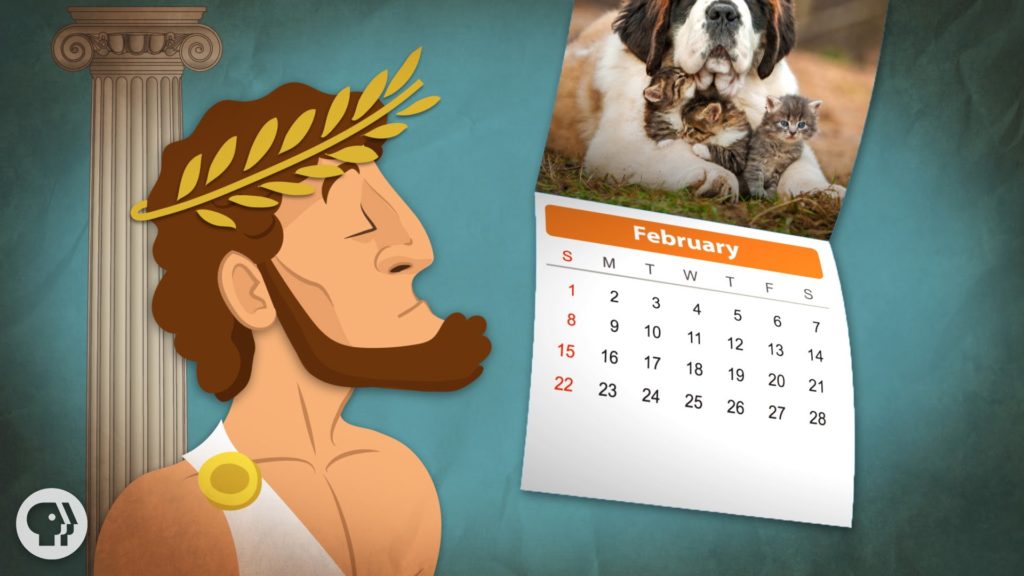Why Does February Only Have 28 Days?

Contents
History Of Calendars
Romulus, who might be the first king of Rome, had issues with planning to organize festivals, feast, military and religious ceremonies. They needed a calendar. Ancient astronomers calculated the time between two solar equinoxes or solstices. So, they came up with a lunar calendar consisting of 10months of either 30 or 31 days from March to December. This is the calendar that is traced back to today’s calendar. But the year was somehow falling short of four seasons. Romans couldn’t take the 61 days into account due to the extreme cold condition. They skipped that part and the next year was again restarted from the new moon before spring equinox.
However, it was failing to give dates between December and March. The second king of Rome, Numa Pompilius tried something different. Roman considered even number as bad luck. So Numa removed days from each even numbered month. Numa also wanted this calendar to cover the whole 12 cycles of the moon. But the total sum of days was also coming out as even number. Hence, he rounded up the year to 355days. He formed two more months (January and February) with the remaining days and attached it at the end of the calendar. That is how February got 28days. Although it was even number, Roman let that one slide as that one was dedicated to spiritual purification.
The Romus calendar was of 304days, Numus was 355. However, neither of them matched the actual time taken by earth to orbit around the sun, which is 365days. Hence, after few years there was a confusion again.
Now February was divided into two parts. The first 23days and the rest. Numus calendar would out of line with the season by 10days, every year. So, the last few days of February were ignored every other year and, in its place, a 27day leap month was added after February 23rd or 24th. In this manner every 4years would average out to 366and a quarter day.
The 365-day Calendar
The system set was perfect for solar and lunar calendars to line up every 19years, and enough leap months were added to keep everything in order. However, the addition of the leap months failed sometimes. The leap months are conveniently used by the politicians to extend their terms, sometimes people forget to add the months. During war, the leap months were often forgotten for years. When Julius Ceaser came into power things changed. Ceaser have lived in Egypt, hence he knows the 365-day calendar.
In 46BC, he removed the Rome’s lunar calendar and started the solar calendar. January and February were moved to the beginning of the list. And 10days were added to different months to get a total 365 days count.
But the tropical year is usually longer than 365 days. Hence, Ceaser inserted a leap day after 23rd February, every four year. The seventh and eight were renamed after Julius, and his successor Augustus.
Pope Gregory later adjusted it again after 1500years.






Responses